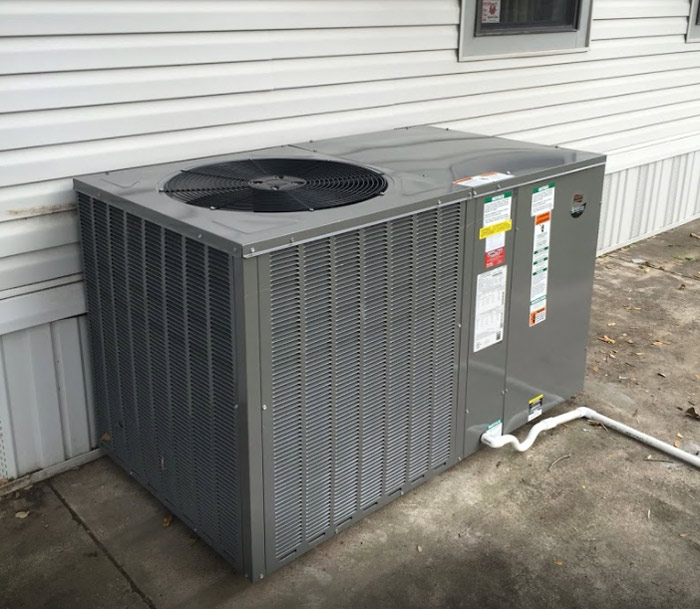
friend of mine recently told me his horror story about doing a major remodel to his home. Sadly, his story is all too common in the residential construction world. I explained to my friend that there are specific safeguards against all the problems he experienced. These safeguards are common on commercial building projects, and they can and should also be used for residential projects. You can’t avoid every problem, but normal bumps in the road won’t become a disaster if you know these 5 common ways to ripped off by a HVAC Contractor in Donna TX.
1. Hire the lowest bidder. If you use a Design-Bid-Build structure, (which means you hire the architect to design, then bid out the drawings and pick the low bidder for construction) you become vulnerable to the scenario in which a contractor gives you a tantalizingly low number up front, then later claims change orders for more money due to “problems with the design drawings” or “unforeseen conditions.” If the number is significantly lower than competing bids, this is almost guaranteed.
Solution #1: Hire the architect and general contractor as a team (this is called Design-Build or Integrated Project Delivery, depending on what kind of contracts you use). This means the contractor is no longer entitled to increased funds later if there are “problems with the design drawings” because the contractor is liable for the drawings since they are teamed up with the architect.
Solution #2: If you do not hire the architect and general contractor as a team, hire a contractor whose number is in the same ballpark as the other bidders. Then have a frank discussion with them before executing the contract about the types of things you will and won’t allow as change orders. Often a strong stance on this will communicate that you are a savvy client, and will deter some bad behavior.
2. Don’t check the size of the bond. When a contractor is bonded, it means they have stored some money in a special account, against which the bank issues a performance bond. The bond is for you to hold until the project reaches Substantial Completion. It is a protection against the contractor disappearing before your project is finished. If the contractor fails to perform and you must issue a notice of termination, you can cash in the bond certificate for money to hire someone else to finish your project. Unfortunately, just because the contractor says he is “licensed and bonded” doesn’t mean the bond is big enough. In my friend’s case, his contractor disappeared with more than $45,000 left to complete, but the bond was only good for $7,500.